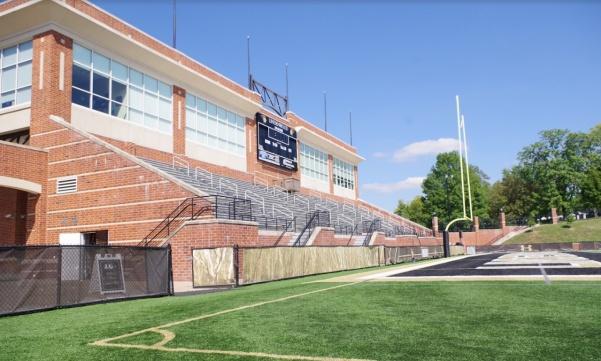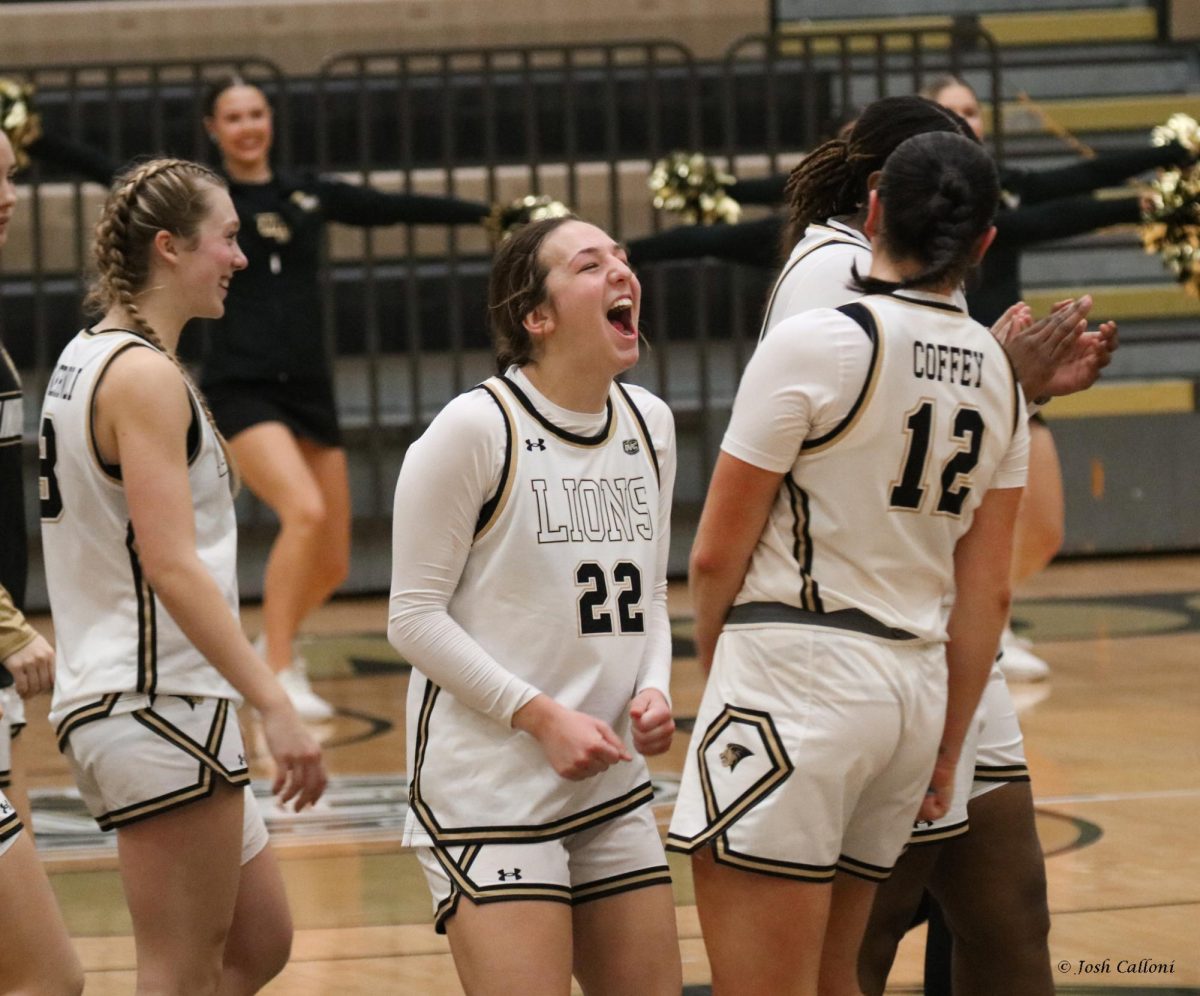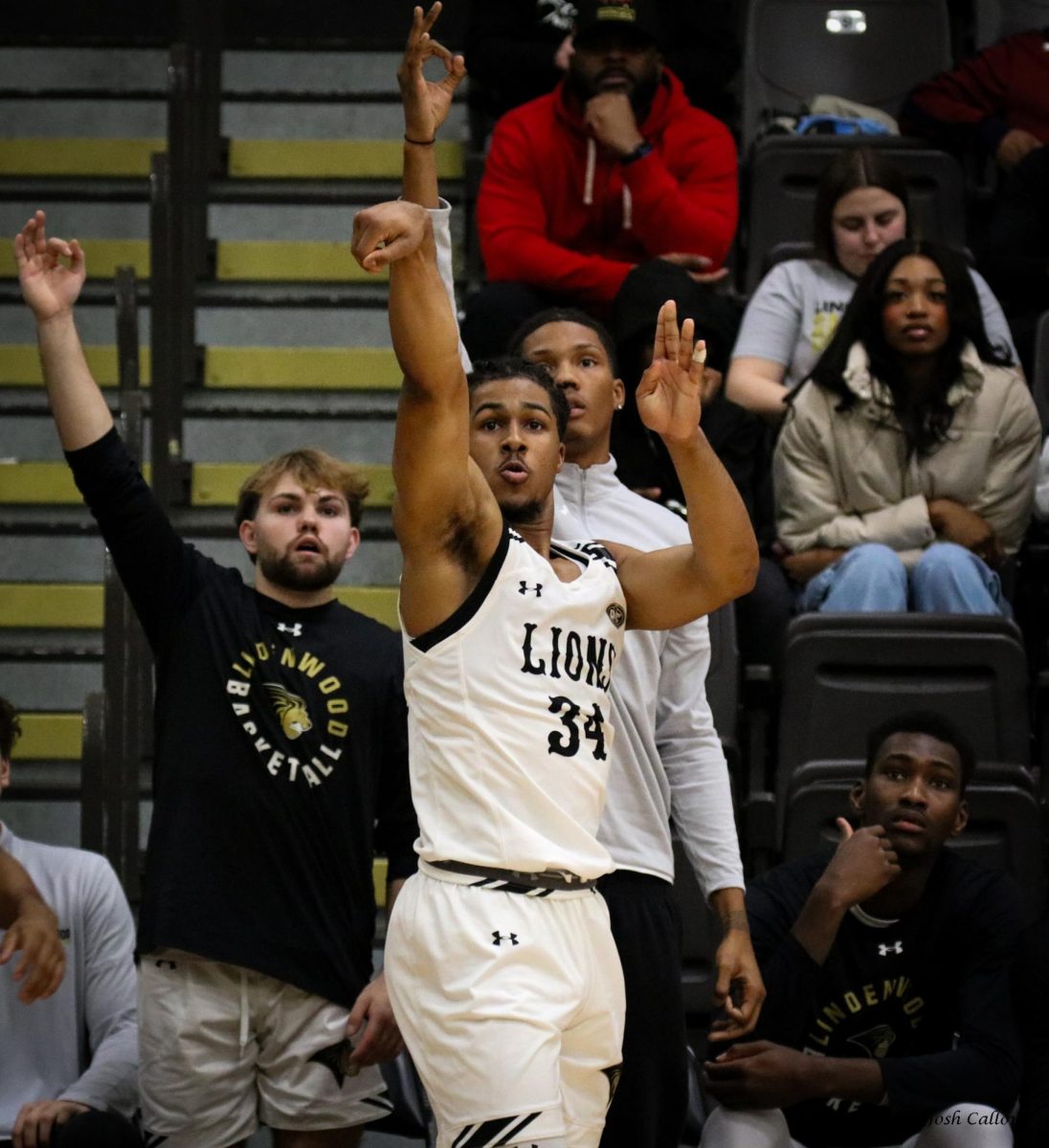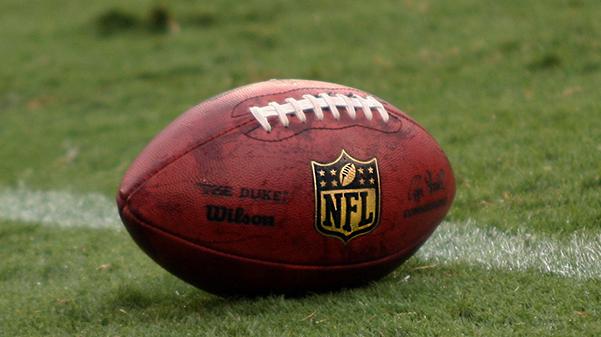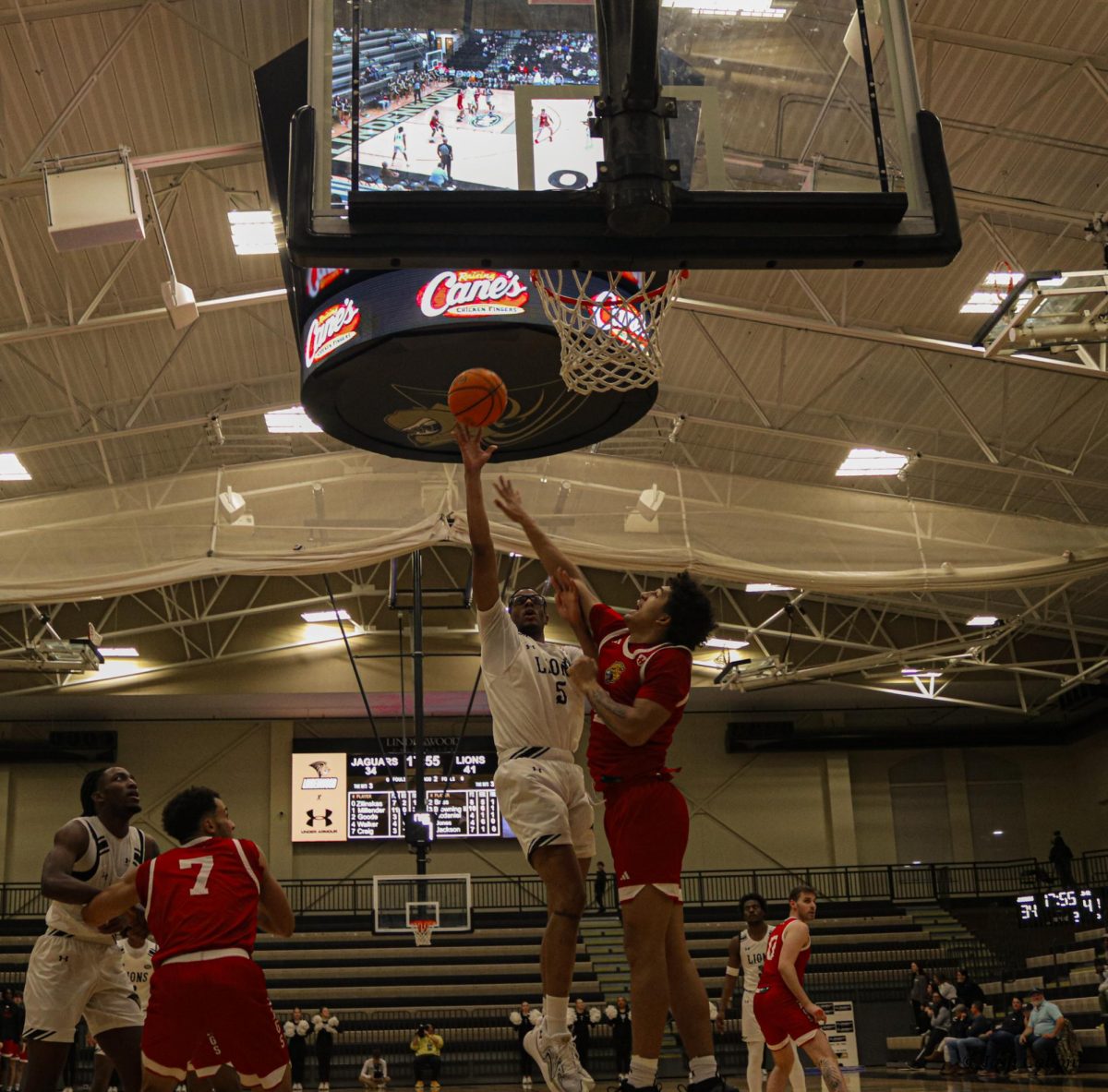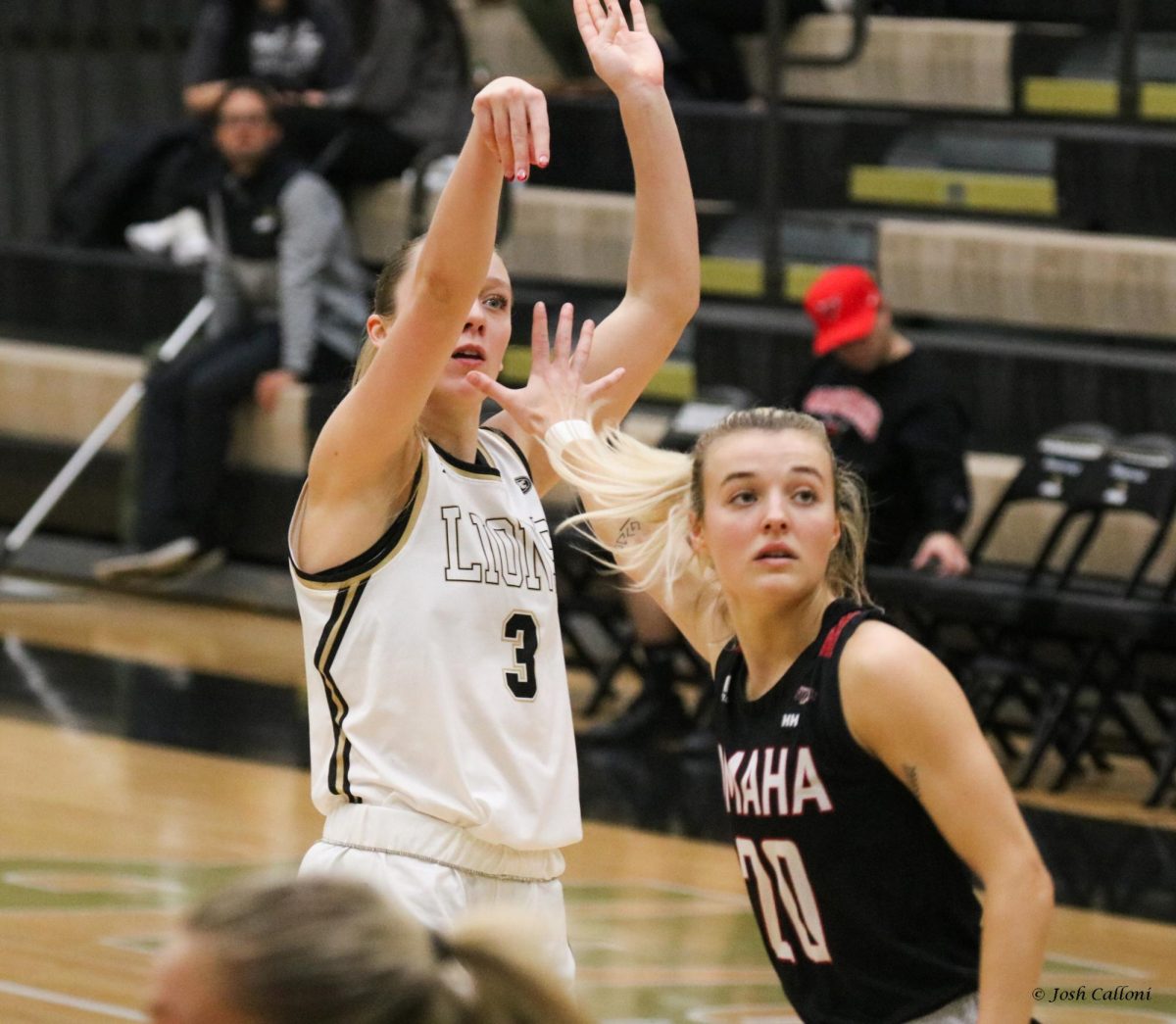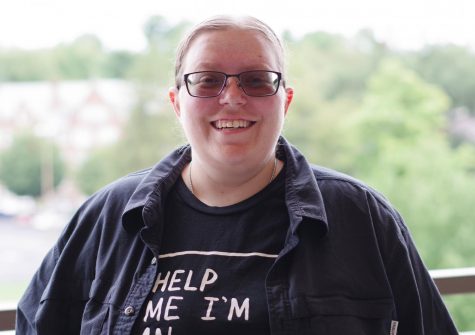MATT HAMPTON | Sports Editor
The decision to switch conferences in NCAA Division II was made in part to allow the Lions to be in a conference with schools that are closer and more similar to Lindenwood, said the university’s vice president of intercollegiate athletics Brad Wachler.
Last Thursday, Lindenwood announced that it will leave the Mid-America Intercollegiate Athletics Association to join the Great Lakes Valley Conference in July 2019.
After Lindenwood joins, the GLVC will include 16 schools in Kentucky, Missouri, Indiana, and Illinois, and the MIAA will consist of 12 colleges across Missouri, Oklahoma, Nebraska, and Kansas. While the Lions’ closest MIAA opponent, Lincoln University, is 113 miles away in Jefferson City, three GLVC members are within an hour of campus.
“I think whenever you have schools that are within 45 minutes of each other, whether it’s McKendree, Maryville, UMSL, all right here in the St. Louis Area where you can essentially have an all-sport trophy just among those St. Louis schools, that kind of creates a nice little rivalry for most of the programs,” Wachler said.
He added that the farthest GLVC school is under five hours from Lindenwood, but the MIAA includes two institutions in Nebraska and Kansas which are more than a seven-hour drive. Cutting travel time by switching to a less spread out conference will also allow student-athletes to miss fewer classes, Wachler said.
Men’s basketball in particular will also be impacted by the switch to GLVC because it is considered one of the top DII conferences for men’s basketball. And overall, GLVC teams have won a total of 18 national championships in conference history.
But Lindenwood will also leave “one of, if not the best top-to-bottom” football conferences in the country, Wachler said.
The only GLVC football team ranked in the top 25 of DII as of Oct. 10 was Indianapolis (No. 18), but the MIAA contains No. 7 Northwest Missouri State, No. 17 Pittsburg State, and other competitive schools.
“The GLVC does have some really good people in that football conference,” Wachler said. “I think ultimately our goal is to end up in a national tournament and compete in a national championship, and so I feel that we’ll have the opportunity to do that in the GLVC, just as I know that our program is on the upswing and our coaches have done a great job of building it and I know that we have that opportunity in the MIAA, but from a GLVC perspective, I feel that would be easier to compete right away.”
Other than Southwest Baptist University, which will also move to the GLVC next year, Lindenwood is the only private school in the MIAA. Wachler said moving to a conference with a more equal “public-private mix” will benefit Lindenwood, because public institutions tend to offer lower tuition.
“Sometimes kids are making those financial decisions, and going up against some of the people in our conference, sometimes that becomes challenging,” he said. “When you’re in the GLVC, we’re going up against schools that are like us, similar to what we are and how we’re made up.”
The GLVC sponsors four more sports than Lindenwood’s current conference, including lacrosse and swimming and diving, both men’s and women’s teams. Wachler said switching to the GLVC will also help recruit athletes because it will increase the Lions’ visibility in Chicago, Indianapolis, and other cities.
Lindenwood is the third MIAA school to move to the GLVC since 2013, when Truman State left the MIAA.
Wachler said talks about changing conferences had been going on for “a few years,” but the closing of GLVC member Saint Joseph’s College in 2017 “sped the conversation up a little bit.”
According to the GLVC website, Lindenwood sent a letter of interest to the conference last December, and the board of presidents approved the switch on Oct. 2.
In a MIAA press release about Lindenwood’s departure, Commissioner Mike Racy was quoted saying, “While the timing of their departure is not ideal, we have committees and task forces looking at options for our 2019 sport schedules.”



